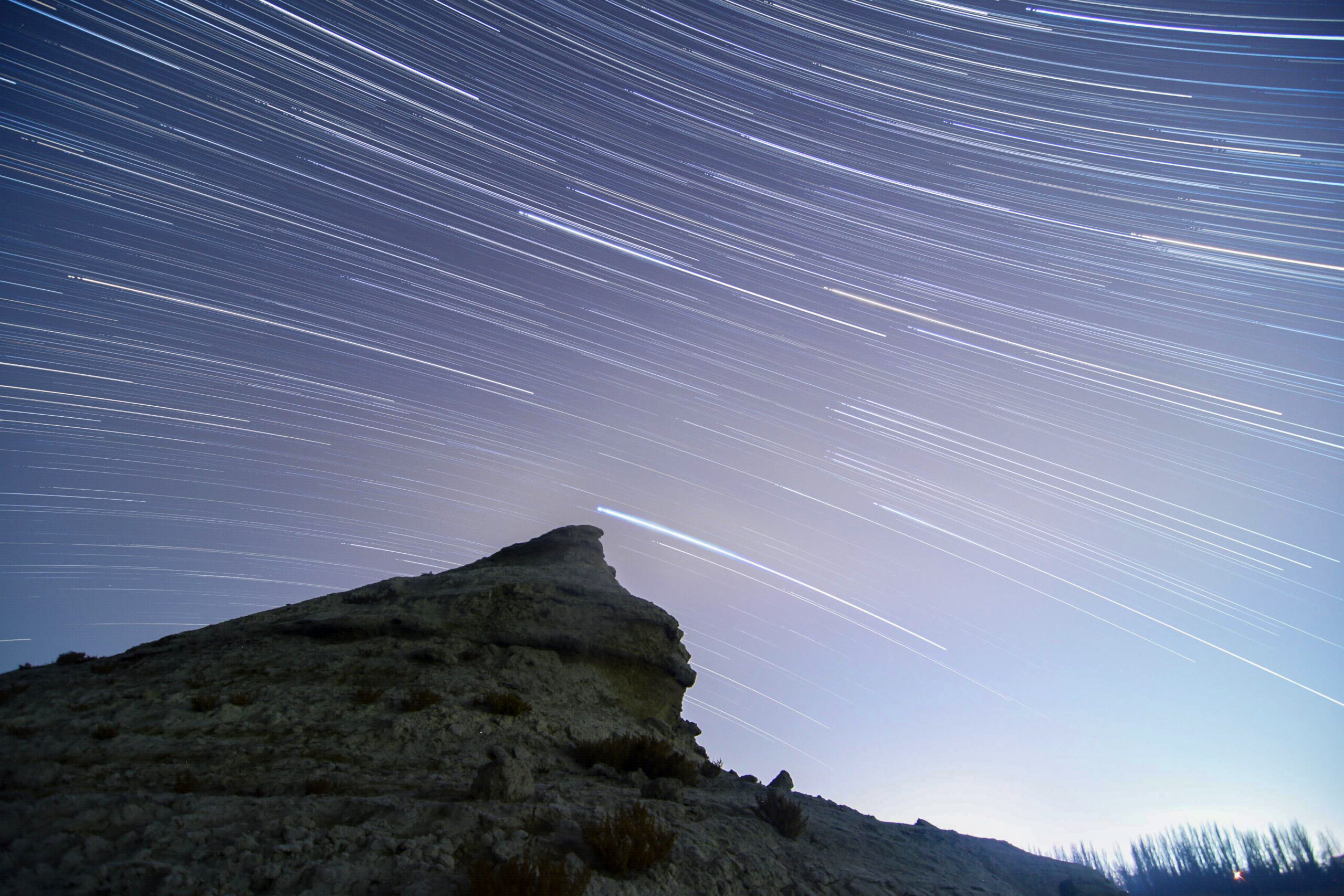Cloudy weather may have forced San Francisco stargazers to miss the Blood Moon eclipse as they awaited poll results on election night, but fortunately, Tuesday offers a consolation prize. It may be the Bay Area’s chance to see the strongest meteor shower of the year.
The Geminids, a celestial event named because its meteors radiate from the constellation of Gemini, are known for the intensely fast, bright yellow meteors, according to the American Meteor Society.
Though the Geminids has been visible since late November, they will peak beginning around 7 or 8 p.m. on Tuesday and continue through early Wednesday morning, Dec. 14. According to NASA, around 120 meteors may wash over the sky each hour.
The best place to watch is from a remote location far from bright lights. Unfortunately, the moon is about three-quarters full tonight. Therefore, observers should look upward before the moon rises at 9:55 p.m. tonight and face away from it afterward.
Historically, the Geminids have been one of the best meteor showers to observe in the U.S. because it’s the only major one to peak before midnight. Though the Bay Area forecast shows partial clouds during the 7 o’clock hour, the sky should be mostly clear by then.
The Chabot Space & Science Center in Oakland will host a family-friendly viewing party on its observation deck from 11:45 p.m. to 3 a.m. on Tuesday night into Wednesday. At midnight, astronomer Gerald McKeegan will present on the origins of the Geminids.
The meteor shower first appeared in the mid-1800s but was not highly impressive. Since then, Geminids has grown to become one of the most significant meteor showers of the year.
Stargazers recognize the constellation Gemini by its two brightest stars, Castor and Pollux, named after the heads of the twins from Greek mythology.
Meteors occur when streams of cosmic debris called meteoroids enter Earth’s atmosphere at high speed along parallel trajectories. The Geminids radiate from a small asteroid called 3200 Phaethon, named for the Greek god who drove Apollo’s chariot too close to the sun.
